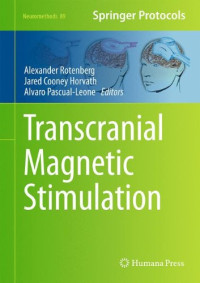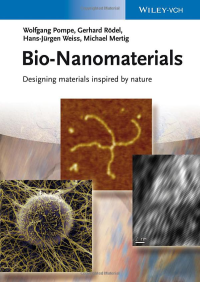
Inorganic two-dimensional nanomaterials : fundamental understanding, characterizations and energy applications
Changzheng Wu, Changzheng Wu, Hans-Jorg Schneider, Mohsen Shahinpoor, Xiaojun Wu, Yong Ni, Yuqiao Guo, Yuchen Yang, Li Song, Xiaodong Zhang, Zhenyu Li, Lan Chen, Chuanhong Jin, Tao Yao, Zhenmeng Peng, Shen GuozhenInorganic 2D nanomaterials, or inorganic graphene analogues, are gaining great attention due to their unique properties and potential energy applications. They contain ultrathin nanosheet morphology with one-dimensional confinement, but unlike pure carbon graphene, inorganic two-dimensional nanomaterials have a more abundant elemental composition and can form different crystallographic structures. These properties contribute to their unique chemical reaction activity, tunable physical properties and facilitate applications in the field of energy conversion and storage.
Inorganic Two-dimensional Nanomaterials details the development of the nanostructures from computational simulation and theoretical understanding to their synthesis and characterization. Individual chapters then cover different applications of the materials as electrocatalysts, flexible supercapicitors, flexible lithium ion batteries and thermoelectrical devices.
The book provides a comprehensive overview of the field for researchers working in the areas of materials chemistry, physics, energy and catalysis.
 Amazon
Amazon  Barnes & Noble
Barnes & Noble  Bookshop.org
Bookshop.org  Convertissez des fichiers
Convertissez des fichiers Plus de résultats de recherche
Plus de résultats de recherche Autres avantages
Autres avantages 










